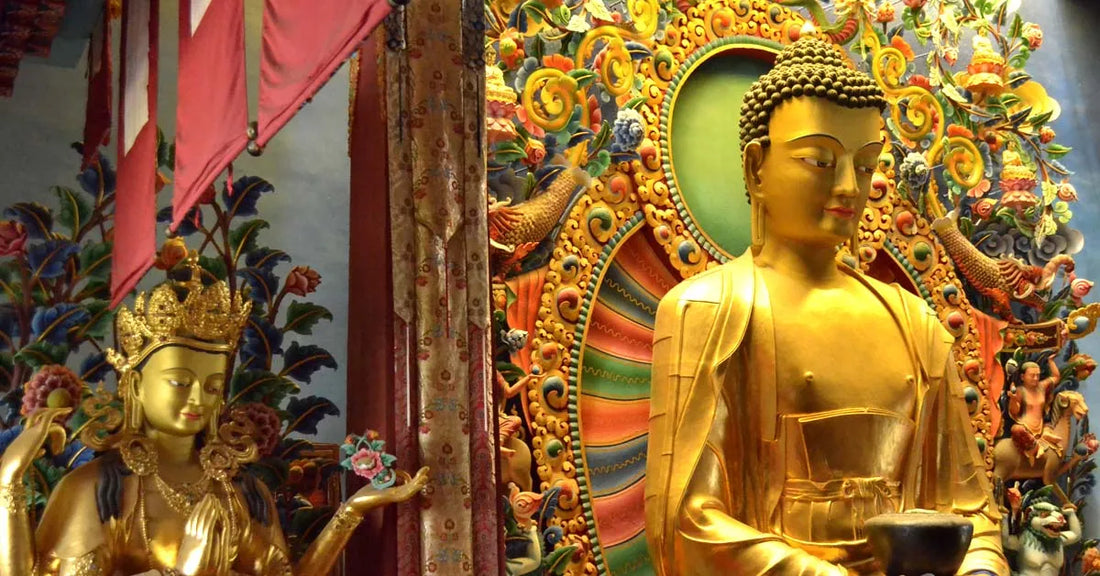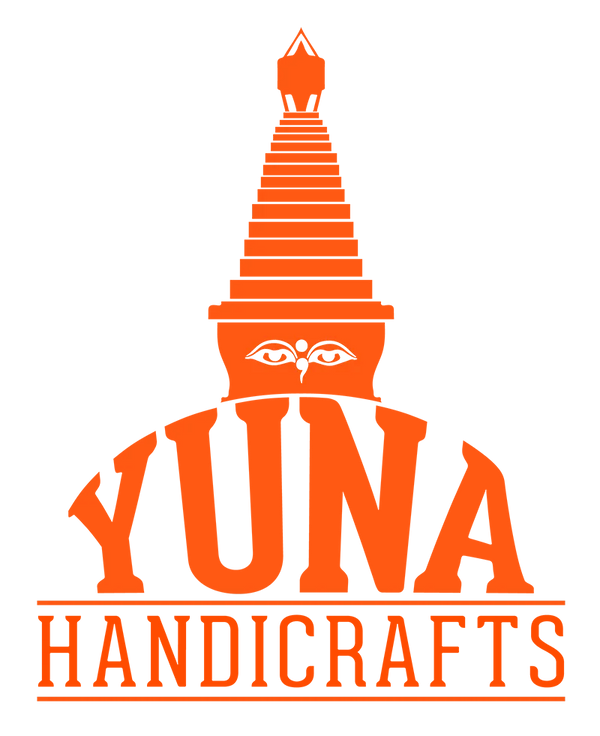
Types of Buddha Statues and Their Meaning
Buddha’s statues have fascinated both Buddhists and non-Buddhists due to their various styles, positions, and gestures. Each statue carries unique meanings, representing peace, happiness, and important events in Buddha’s life. From teaching to enlightenment, the hand gestures (mudras) and poses symbolize meditation, wisdom, and compassion.
Blessing Buddha
The Blessing Buddha is usually in a sitting position with the right hand raised, palm facing outward, symbolizing protection from fear, delusion, and anger. In some versions, the left hand is extended with a bowl, representing Abhaya Mudra, a significant event in Buddha’s life.
Teaching Buddha
Teaching Buddha is depicted sitting with the right hand at chest level, thumb and index fingers forming a circle, while the left hand faces outward. This Dharmachakra Mudra represents Buddha giving his first sermon after enlightenment, symbolizing wisdom and sharing the “Wheel of Dharma.”
Meditation Buddha
Meditation Buddha is shown in a lotus pose with hands in the lap, eyes half-closed or fully closed. Known as Amitabha Buddha, the triangular pose represents stability and the unity of Buddha, Dharma, and Sangha. Dhyana Mudra guides people toward calm, focus, and peaceful meditation.
Earth Touching Buddha
The Earth Touching Buddha sits cross-legged with the right hand pointing to the ground, palm inward. Known as Bhumisparsha Mudra, it symbolizes Buddha’s enlightenment, calling the Earth to witness his triumph over Mara, the demon of illusion.
Reclining Buddha
The Reclining Buddha lies on the right side, head supported by the right hand, representing Buddha’s Mahaparinirvana. The serene smile symbolizes compassion and calmness at the moment of death, marking his release from the cycle of birth, death, and rebirth.
Laughing Buddha
Laughing Buddha, also known as Ho Tai or Fat Buddha, is a joyful figure with a large belly, often holding a sack or Ru-Yi pot. Symbolizing happiness, prosperity, and good luck, rubbing his belly is believed to bring fortune.
Medicine Buddha
Medicine Buddha is depicted sitting with the right hand facing downward, palm outward, and holding a bowl of herbs in the left hand. Known for medicinal knowledge, it is ideal for those seeking good health, often represented by blue skin.
Walking Buddha
Walking Buddha, or Phra LeeLaa, stands with the right hand raised in reassurance and the left hand swinging. The statue symbolizes grace, internal beauty, and Buddha’s return to Earth after delivering a sermon in Heaven.
Contemplation Buddha
Contemplation Buddha stands with both arms crossed over the chest, palms inward. It represents silent determination, patience, tolerance, and spiritual confidence, encouraging humility.
Fasting Buddha
The Fasting Buddha depicts Shakyamuni Buddha in a very thin, emaciated form, representing the period of extreme fasting before attaining enlightenment. This statue emphasizes discipline, perseverance, and dedication to spiritual growth.





